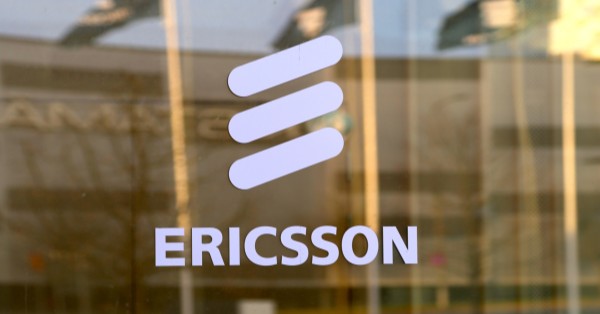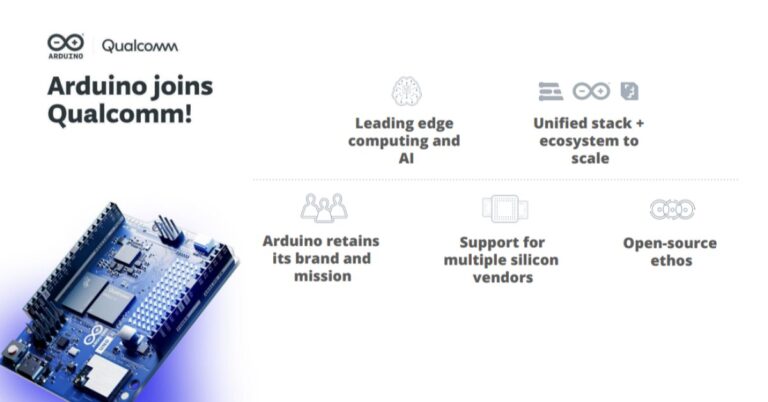- Tech News & Insight
- November 18, 2025
- Hema Kadia
A new impact study shows CTIA Wireless Foundation’s Catalyst program has touched 30 million Americans since 2019, underscoring how mobile-first tools can scale social outcomes faster than traditional interventions. The Foundation has invested just over $1 million in unrestricted grants yet reports benefits to nearly one in 12 Americans—evidence of





























